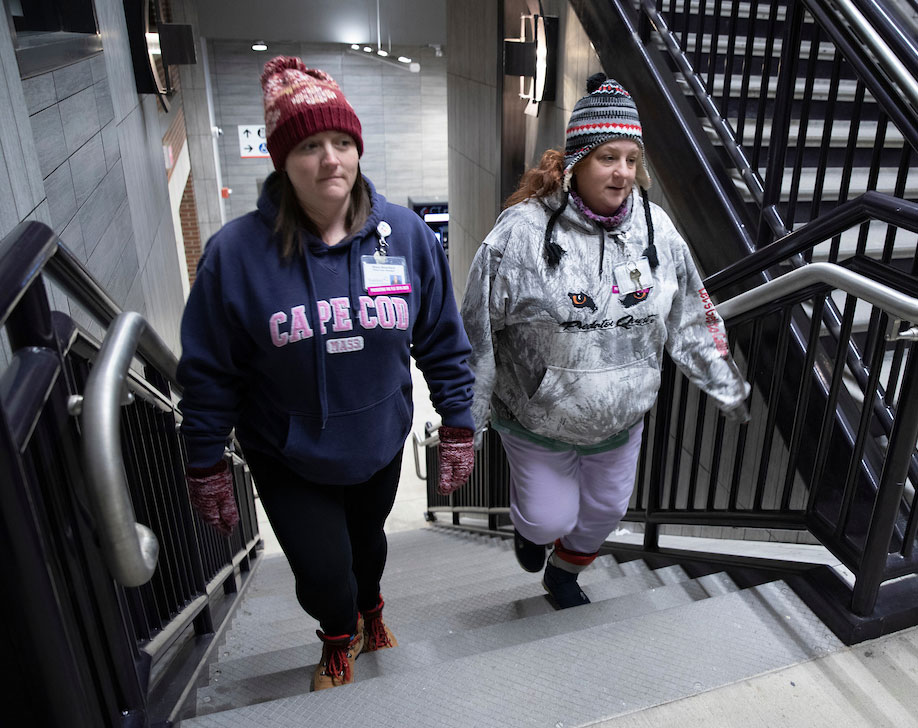<< Back
With Point in Time Census, Rushford Team Hopes to Aid Homeless

January 30, 2020
Deanna Bencivengo and her team didn’t get to work until well after dark recently, and moved from the warmth of Rushford buildings into the streets as part of annual efforts to count the area’s homeless population and ensure needed services are available to them.
Called the Point in Time (PIT) Count, the census of homeless or “unsheltered” is done nationwide as part of a federal Department of Housing and Urban Development (HUD) mandate. HUD requires the count every two years but the Rushford team does it annually as part of their Continuum of Care.
Bencivengo and her small team join forces with people from other community agencies to fan out across the community in four-hour shifts. Her team was assigned 7-11 p.m., but the work actually begins much earlier, she said.
“There are hours of preparation that occur over several months with the Connecticut Coalition to End Homelessness,” said Bencivengo, the regional coordinator for Meriden and Wallingford. (Bencivengo is pictured above, at left, with fellow team member Stacy Bouchard at the Meriden train station during the local Point in Time Count.)
The volunteers check that all shelter and housing projects are correctly listed in the state’s Homeless Management Information System database and discuss areas where homeless people will likely be found on the night of the count to map out their work beforehand in a special Counting Us app.
“On the night of the actual count, we literally canvas the streets that have been mapped out looking for people who are unsheltered,” Bencivengo said.
In Meriden, they canvassed Walmart, highway rest stops, abandoned buildings, secluded parking areas, train stations and local parks.
“We walk those areas and look for people who we can identify as being literally homeless by approaching vehicles and/or encampments and asking people if they need help, engaging with them and asking if they will participate in the survey,” she said.
The main focus of the effort is to count the homeless, the teams also offer services to anyone not already receiving them, help them find stable housing and fulfill other needs. The count itself funnels key information to HUD so they can track trends and pinpoint areas of need in the population.
While totals for this year’s homeless count are not yet available, Bencivengo said her team surveyed four people in the area and observed three vehicles containing people who did not want to engage with the surveyors.
Rushford, a leader in substance use prevention and treatment for over 40 years, has been recognized by the Connecticut Department of Mental Health and Addiction Services for its research-based treatment models and proven prevention initiatives. To learn more, click here.